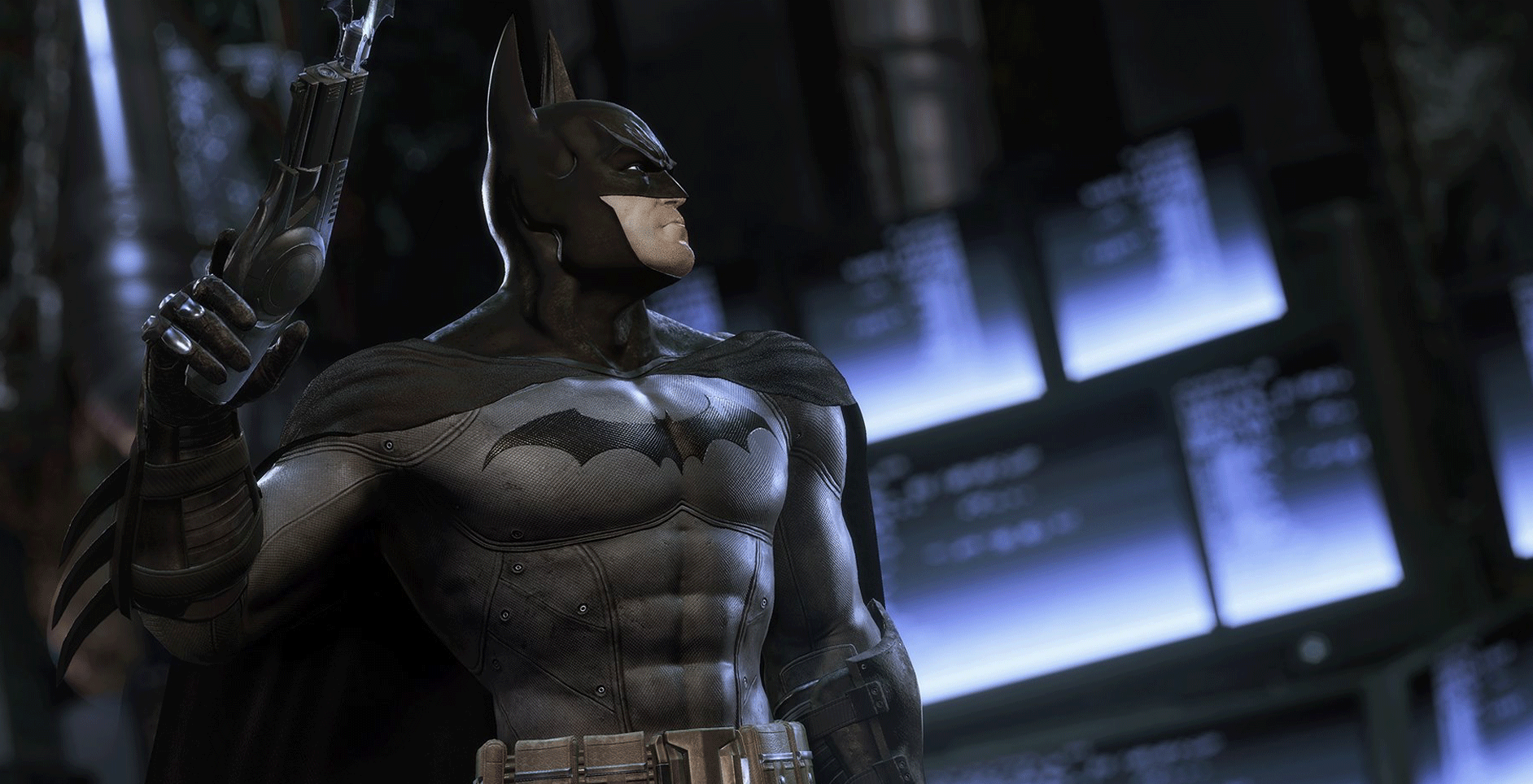In the age of remasters, the industry has set to give newcoming players a second chance to experience the classics that possibly only returning players would have played through. Last year, prior to Arkham Knight’s launch, many were baffled by the fact thata remaster of its predecessors hadn’t released before the impending release of the trilogy’s finale, but just over a year later players are finally able to experience Arkham Asylum and Arkham City on current-generation consoles.
For newcoming players, I’ll provide a brief summary of both games before we move on. In Batman: Arkham Asylum, it initially seems like another day on the job as Batman takes the Joker to Arkham Asylum after foiling yet another of his plans. However, as the two arrive it seems the Joker has orchestrated his most deliberate escape plan yet, which has Batman fight through the Asylum all night as he is confronted by the Joker and some of his greatest foes.
In Batman: Arkham City, the game has changed significantly. Set in the much larger open world of Arkham City, a large super-prison built in the heart of Gotham, Hugo Strange has set plans in motion to take care of Batman once and for all. Aided by allies such as Catwoman, Batman must foil Strange’s plans before it’s too late, though not everything is quite what it seems.
Batman: Return To Arkham features both the first and second game, along with all of the downloadable content and presented in 1080p. Content-wise this is ultimately a great deal, but how does the new collection of ports hold up on PlayStation 4?
Starting off with gameplay, nothing much has changed since the game’s original releases. The core gameplay of both games remains pretty much unchanged and on that front, there is nothing that’s been tampered with and/or changed for the worse, which is obviously always a plus considering you want to refine a game for its remastering, rather than change it for the worse. New to the franchise or coming back from Arkham Knight? You’re bound to have the exact same experience as players had years back in that regard. But this new collection does have a few new tricks up its sleeve, though not all of them are necessarily that positive.
For this transition to current-gen consoles, developer Virtuos has migrated the first game to Epic’s newest iteration of their engine: Unreal Engine 4. With this shift, the studio has redone a large percentage of assets, added new effects and remastered cutscenes. However, these improvements have both their pros and cons.

Whilst many remasters retain the aesthetic identity of the original releases, Return to Arkham is a project that kind of breaks the look and feel of its source material. This is most prominently showcased in the newly remastered cutscenes, which often showcase severely different lighting than to originals. This is mostly due to the fact that many scenes are negatively influenced by the new lighting due to the fact that many of them have been needlessly brightened in nature, which is especially noticeable when existing assets are shown off in lighting situations that they aren’t suited for. A prominent example of this is Batman’s face in Arkham Asylum, which often seems rather rough when it comes to detail and textures because of the brighter lighting, which was a technical hurdle the original release overcame by working around the limitations of the character models.
In-game the effect is usually a lot less severe, and for a large part, the Return To Arkham collection is often quite good looking, though the change in lighting, lack of grain and many other technical aspects just affect the atmosphere too heavily despite the improvements.
This goes hand in hand with the fact that the games frequently dip from their target gramercy, which is rather disappointing since both games only run at 30 frames per second, along with numerous glitches that seem exclusive to these remasters.
CONCLUSION
Batman: Return To Arkham is a good way to experience both games if you haven’t already played them previously. Returning players and PC gamers, will probably be better off sticking to the original releases, which still hold up quite well, despite the technical improvements.
The PS4 version of this game was primarily tested for the purpose of this review.



